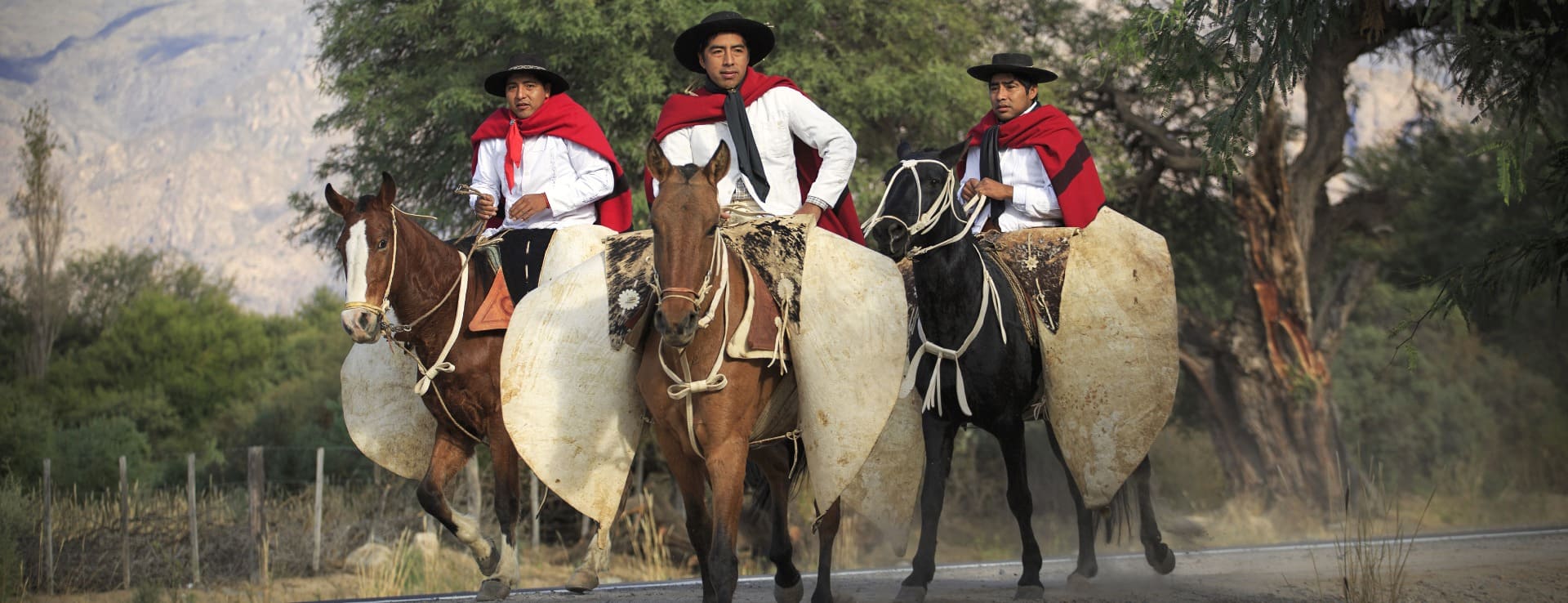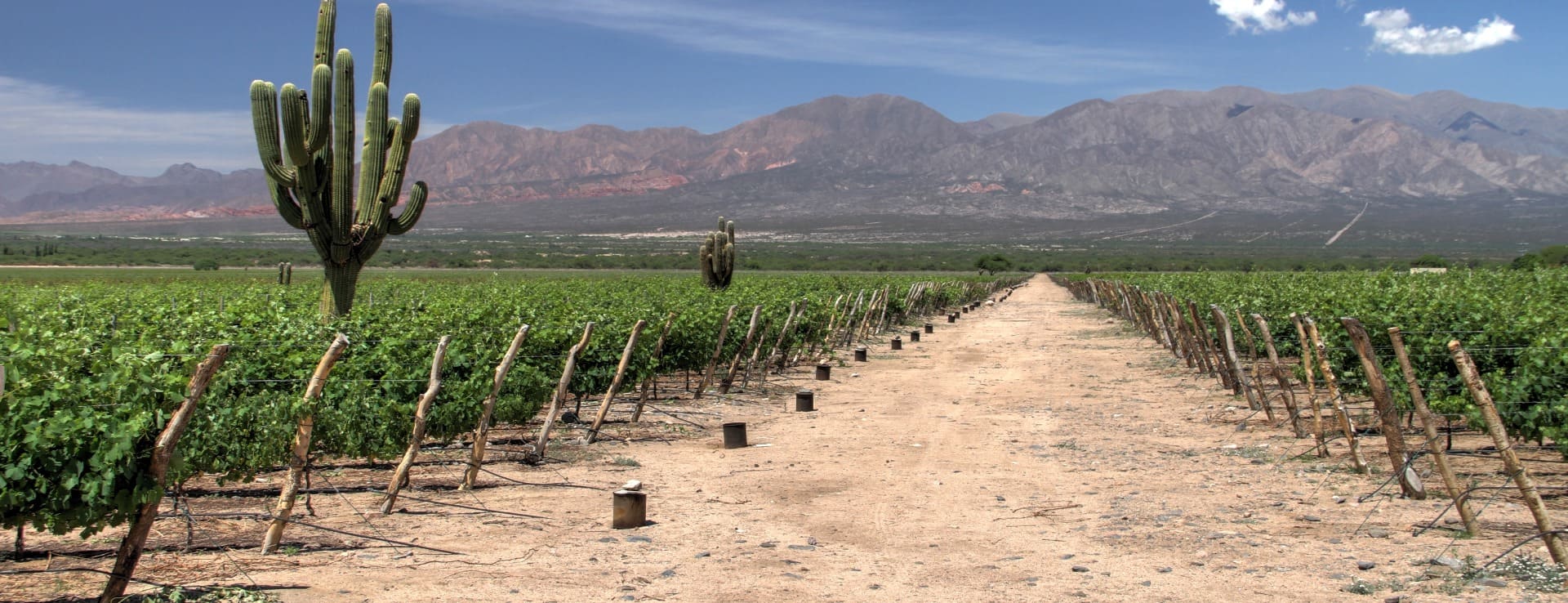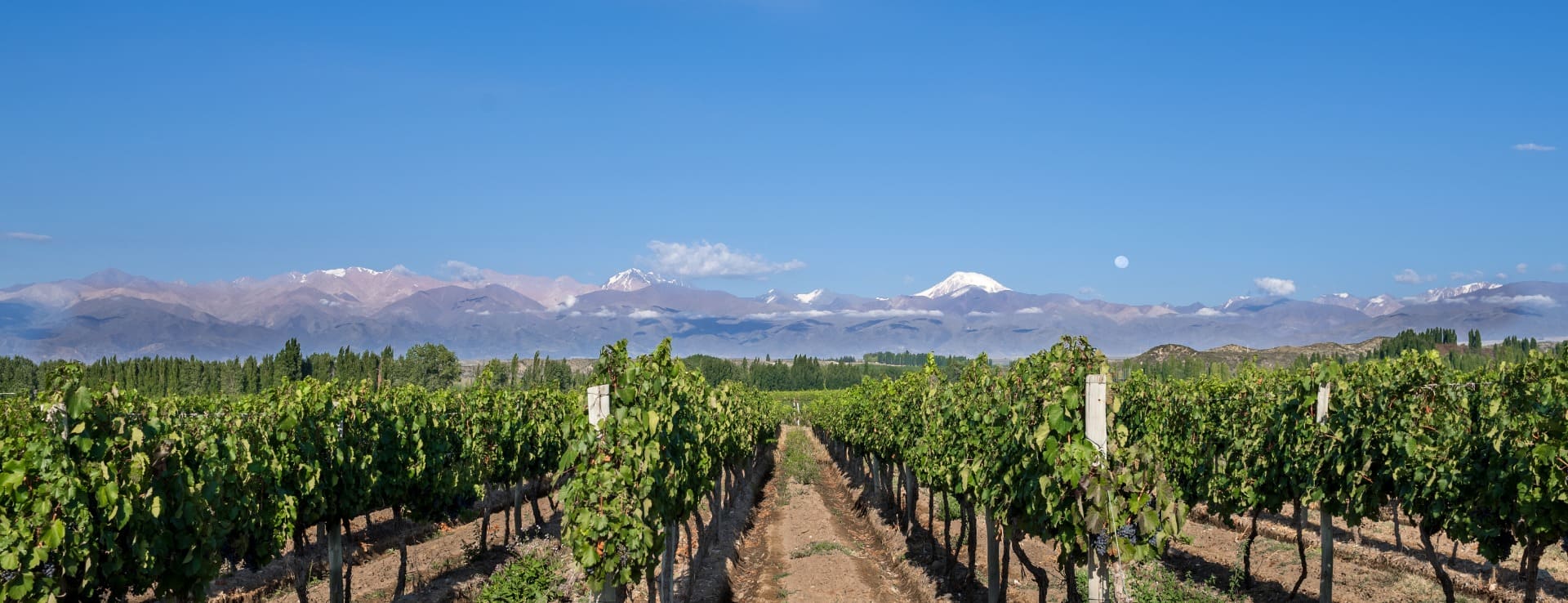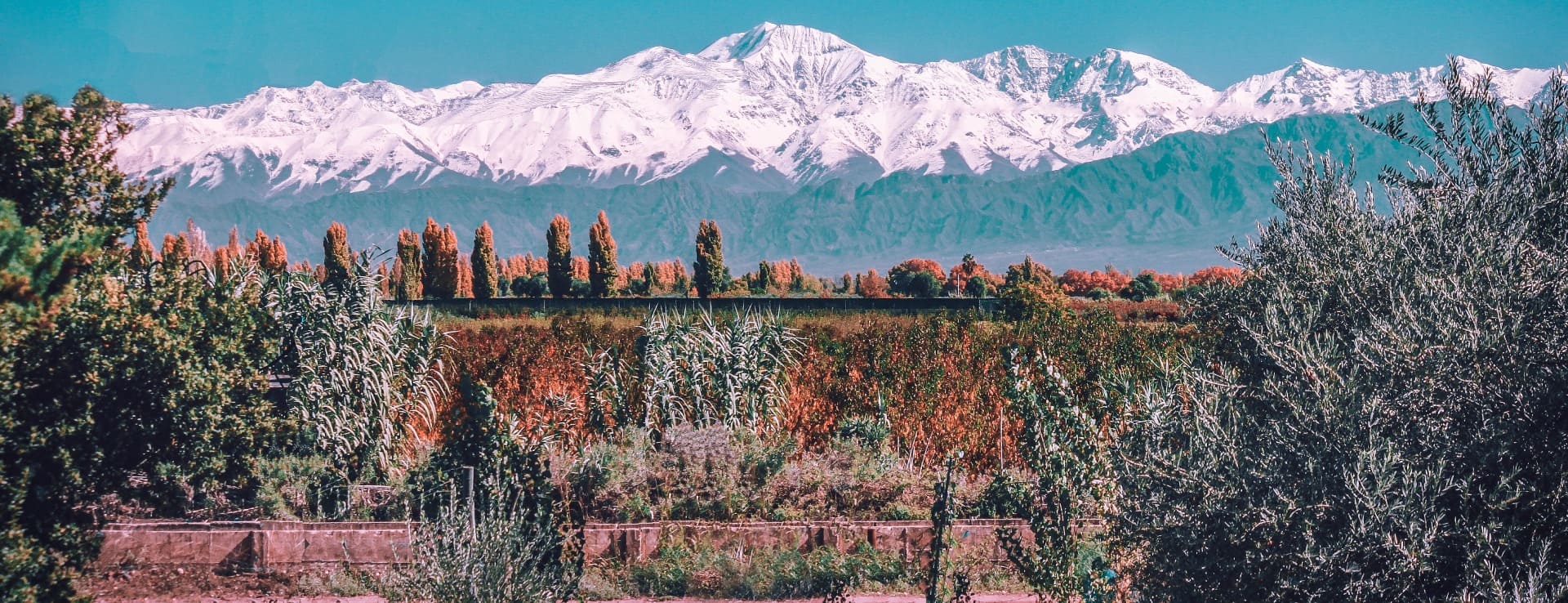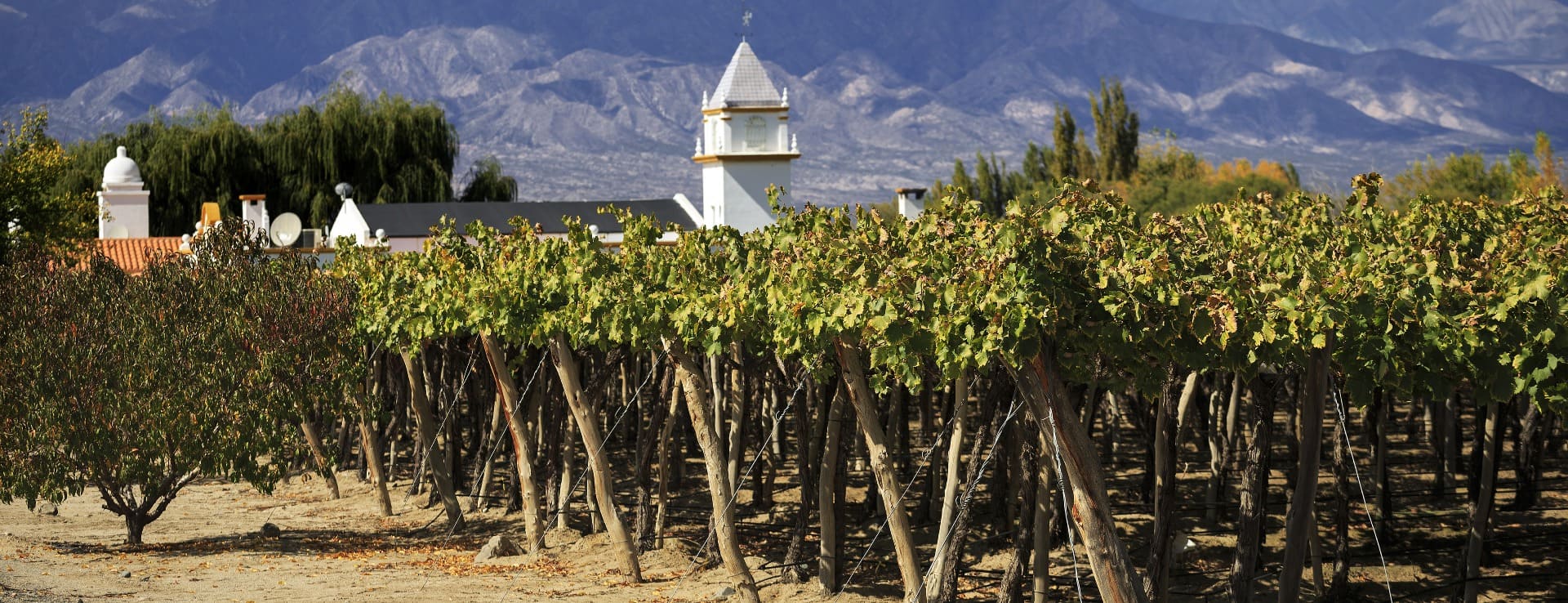Find your winery or vineyard
2 Wineries and Vineyards for sale in Catamarca
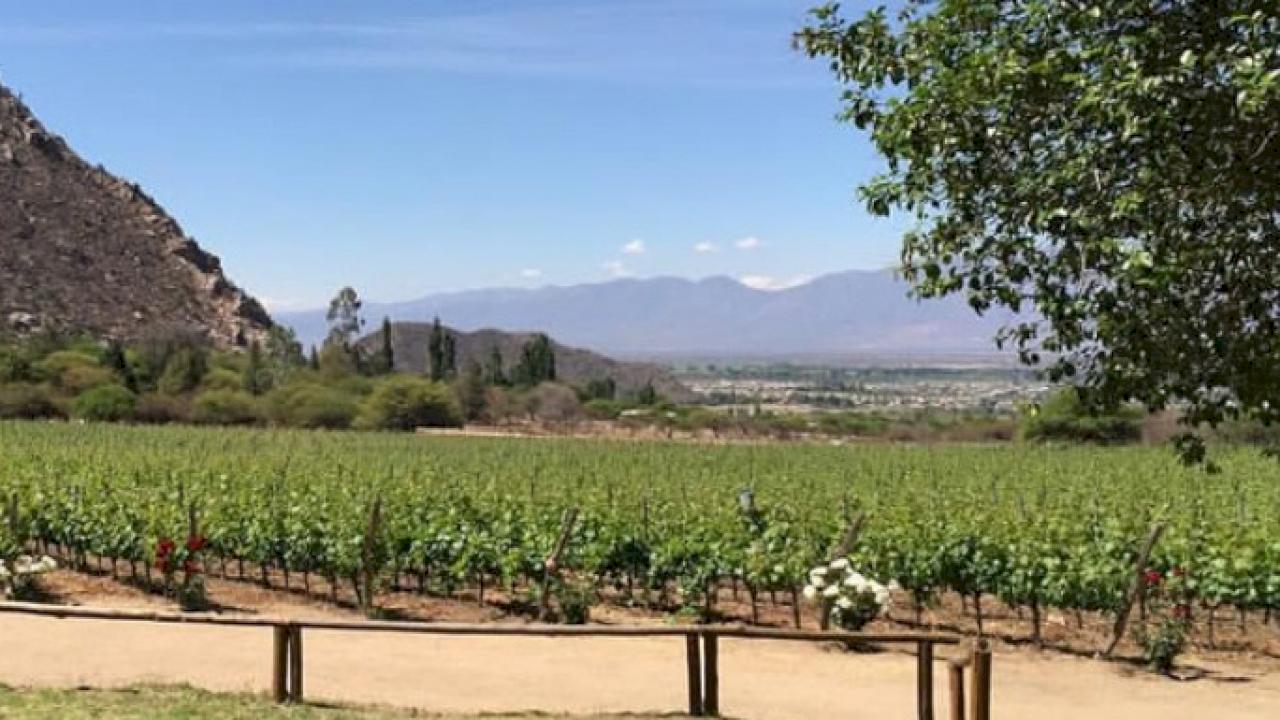
Small winery with house and 14 hectares of vineyard in Cafayate
DO SALTA
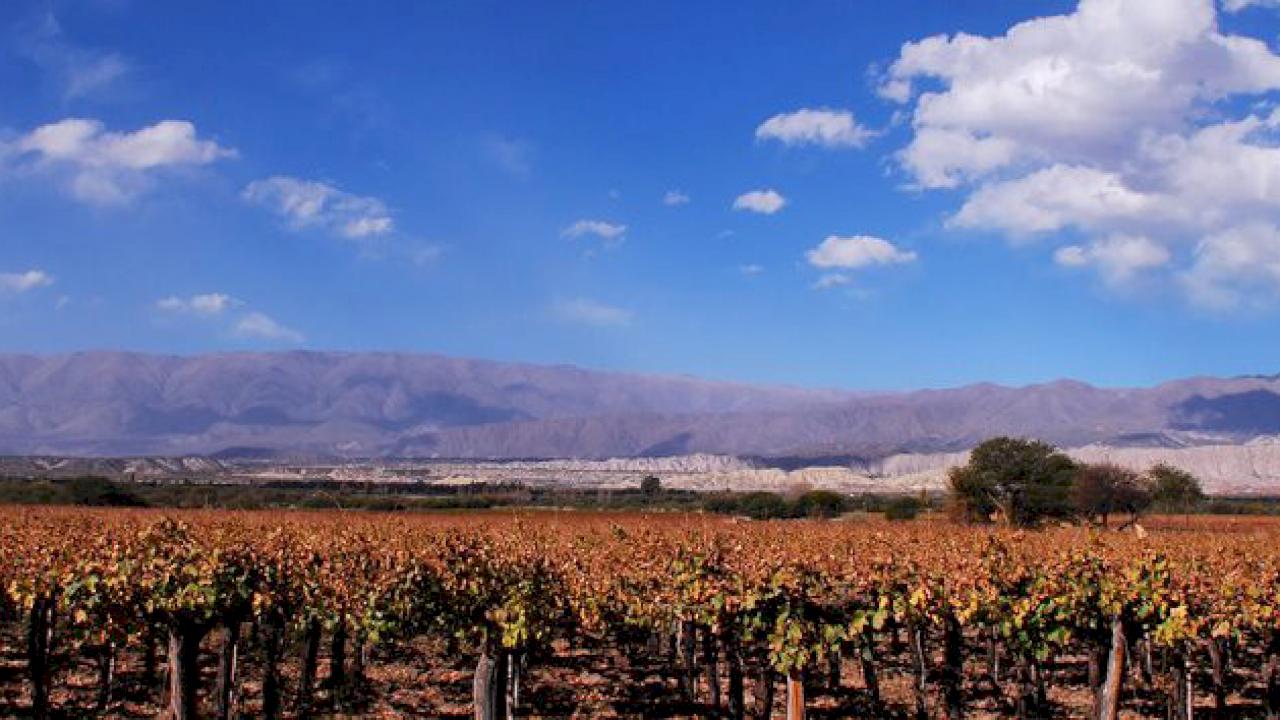
Winery with vineyards for sale in Catamarca, Argentina.
Winery with 20 ha of vineyards located in the Catamarca region in Argentina.
Infographic of the Denomination of Origin

Change to imperial units (ft2, ac, °F)Change to international units (m2, h, °C)
Number of wineries (2017):
17
Total surface area:
2.497 ha6.170 ac
Altitude of the vineyards:
Min: 750m
Max: 2.300m
Min: 2.461ft
Max: 7.546ft
Temperature:
Average: 18º64°F
Yearly rainfall:
432 l/m240 l/ft2
Catamarca
The capital of the province is the city of San Fernando del Valle de Catamarca, but the wine capital is Tinogasta. In the city of Tinogasta is located 70% of the wine area of Catamarca and concentrates the largest number of wineries with almost 77% of production in the known Fiambalá Valleys.
The economy in this province is very varied. In Catamarca, activities such as cattle, agriculture - with an important presence of vines -, mining and tourism stand out. As for the agricultural activity, it is characterised by the plantations of walnut or olive tree, besides cotton, tobacco and grapevine. Mining is one of the most traditional activities and among the minerals extracted are: gold, silver, tin, lead, zinc, copper or lithium.
HISTORY OF WINE
The province of Catamarca saw the arrival from the 16th century of Spanish conquerors, led by the expedition of Diego de Almagro, who contributed to the expansion of vine cultivation. The first town founded by the Spanish conquerors was San Pedro Mártir, together with Francisco de Aguirre, who also founded the city of San Fernando de Estero and governed Tucumán.
Just like in the neighbouring Salta province, the vine arbour is the most used system for planting vineyards in the province of Catamarca. The history of wine in this province is related to the presence of the Spanish conquerors and the route among the wineries present in the area can be done in parallel to the one known as Ruta del Adobe, which gets back the architectural and cultural heritage of the province thanks to constructions dating back to the XVII and XVIII centuries.
WINES AND WINERIES
The pink and white grapes are the predominant ones in the production of Argentine wineries in the province of Catamarca. Among these, the Cereza variety is one of the most important, which is used both for the later production of raisins, as a fresh product and for winemaking. In the Catamarca province are also grown varieties such as Sultana, Torrontés Riojano, Bonarda, Syrah, Malbec, Cabernet Sauvignon and Muscat of Alexandria. The department of Tinogasta stands out in the province as a whole thanks to the largest area devoted to vine cultivation that is gathered there. Among the wineries present in the province of Catamarca we can mention Finca Santamaría de la Vid or the winery Finca Don Diego, which makes use of ecological processes in the elaboration of its wines. Thanks to the management of the Catamarca winery, Don Diego, the Fiambalá Valley has applied to obtain its DOC, a great advance for this region.
POINTS OF INTEREST
The peculiar geography of the province of Catamarca (almost 70% of its surface is covered by reliefs) has turned it into a very attractive point within Argentina for mountaineers. Therefore, it is not strange that some of the most visited routes include Monte Pissis or the volcano Nevado Ojos del Salado, which are over 6000 meters high. As a curiosity, the presence of the crater Corona del Inca, which has a lake of the same name located at more than 5000 meters of altitude thanks to the water coming from the thaw. This lake holds the world record for diving at altitude. The region of La Puna, located in the north of the province of Catamarca is also very visited due to its beautiful landscapes in routes that combine trekking with 4x4 driving, bringing tourists to sites with a unique value in biodiversity as the Laguna Blanca National Park. Another of the most popular places is the city of Andalgalá, where it is still possible to visit Inca ruins catalogued as World Heritage Site. Finally, it is worth mentioning the International Poncho Festival, declared of tourist interest by the Argentine Ministry, which highlights the traditional textile crafts in this province.
D.O./Valle (wine regions)
Discover more wineries and vineyards for sale in these wine regions in Argentina
Subscribe to our mailing list to receive news about wineries and vineyards.

